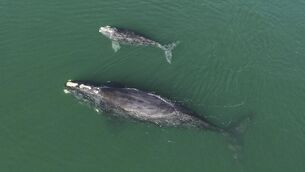A silent witness to crime: The natural world's role in solving murder cases

Some samples of the different phases of the life cycle of cadaveric fauna collected at crime scenes.
When we think of physical geography, we picture melting glaciers, volcanoes spilling lava, species moving from one location to another, or perhaps a keen researcher knee-deep in a bog — not the gritty world of murder investigations.
But the natural world, it turns out, is a silent witness to crime. From rivers that retrace steps, to pollen that clings to secrets, and even insects keeping time on the dead, physical geography and environmental science are increasingly stepping into the forensic spotlight. This is nature, not as a victim of crime, but as a collaborator in justice.








